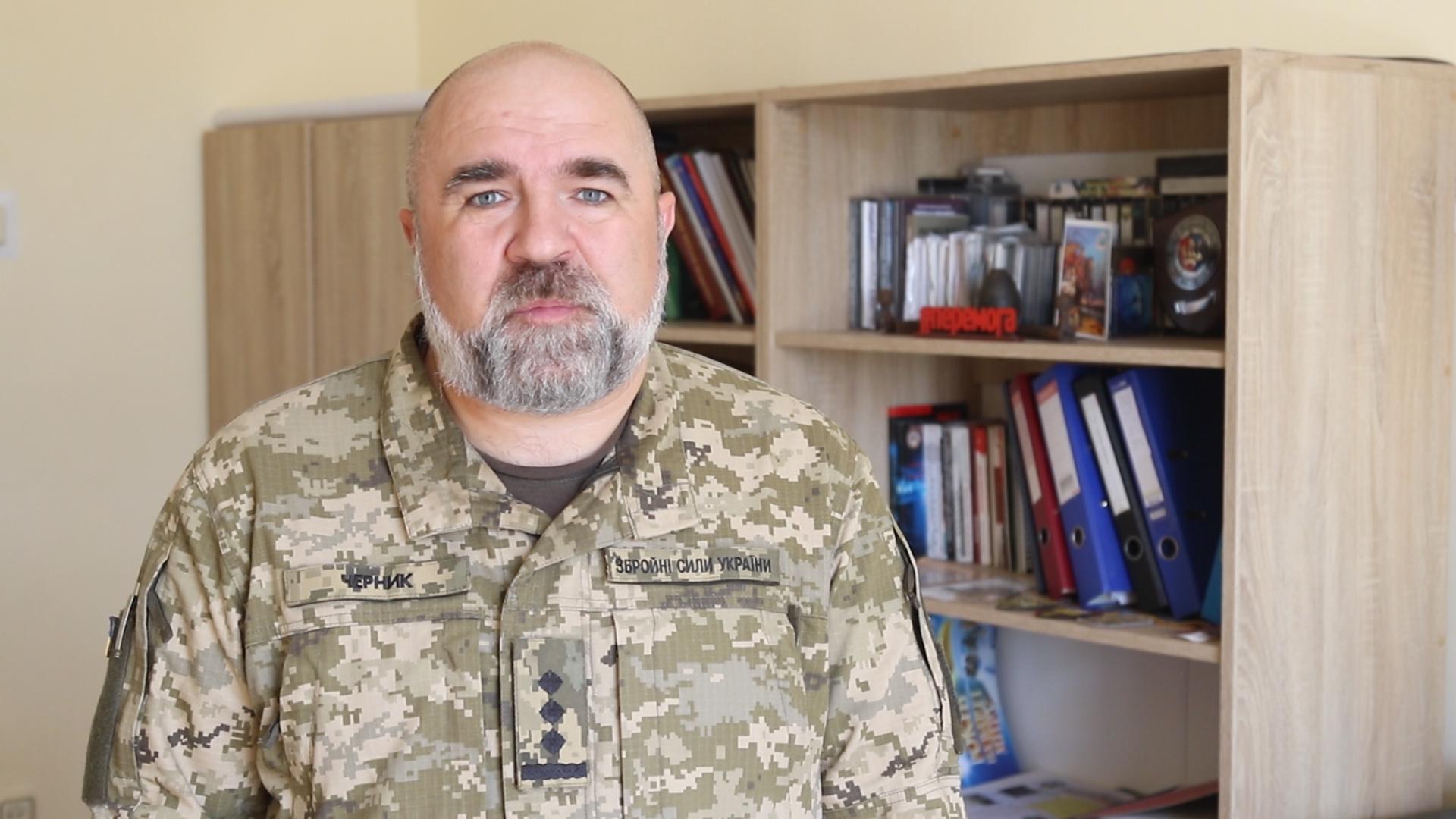In the information space, one of the top topics of the past week has been discussions about certain successes of units of the Ukrainian Armed Forces on the southern front. At the same time, some participants in these discussions speculate that these successes are not progressing as quickly as we would like.
ArmyInform correspondents sought the expert opinion on this matter from military analyst Colonel Petro Chernyk.
According to him, the main challenge of the moderate pace of advancement of Ukrainian units on this operational front lies in the fact that the troops have to overcome the classic three-tier defense line.
"What is this? The classic three-tier defense line involves the presence of a so-called supply line. These are minefields that can stretch for several kilometers in width," notes Petro Chernyk. "It should be understood that the Russians are very well equipped in this aspect: they have a huge quantity of anti-tank mines. For instance, TM-62 – their stocks in Russia are counted in millions. And a universal mine obstacle can scatter mines like PFM, densely sowing the area with them. One 'petal' is already a very dangerous anti-personnel mine. And a mine obstacle scatters 11 thousand of them in one salvo. They have plenty to mine with. Up to 5 mines per square meter can now be present in the supply zone."
Continuing the topic, he explains that the second echelon of the enemy defense is the main line. This is where artillery, equipment, and personnel are concentrated. The third line consists of rear storage points for material assets and reserve positions. In Petro Chernyk's view, for the units of the Defense Forces to truly develop success, it is imperative to create a phenomenon called a "breakthrough," or engineering passages through the enemy minefields.
"It is possible because we have quite good equipment. These are American M-58 machines. They can shoot a combat "cable" up to 90 meters. In this cable, there are 7.5 kilograms of C-4 explosive per linear meter. And when all of this explodes, a passage is created with a width of 6 meters, where a tank can pass through fully. And step by step, in one spot, such a passage can be created. But this is a big machine. There are also other machines based on the "Leopard-2" tank. The Germans have also provided us with those. They have special "trawls" in their equipment that make the mines explode or detach, throwing these mines in various directions, leaving them in such a position. These are convenient targets, especially for enemy artillery. Therefore, their artillery needs to be destroyed," he notes.
At the same time, according to Petro Chernyk, the Ukrainian Defense Forces have certain obvious successes in terms of destroying enemy artillery.
In the course of a year and a half of war, the average losses of Russians from artillery per month were around 200 cannons. Starting from May - over 550 units, June - a record: 688 barrels and installations. July did not reach the record - a total of 577 artillery barrels.
"I have no doubt that in August, we will again show a very solid result," says Petro Chernyk. "With an average figure of 200 cannons, we outperform the destruction coefficient almost threefold. The Russian military-industrial complex can take old Soviet junk from storage, repair it, and put it into operation; there is a lot of it in reality. There are over 10,000 of them in storage in Russia. However, the coefficient is still within 150 cannons in our favor. I must note that a standard artillery brigade has about 72 barrels."
The military expert emphasizes that we exceed their capabilities in delivering artillery to Ukraine in terms of destruction by almost two times. And this is a very serious indicator because sooner or later, a turning point will occur. A series of breakthroughs will happen or one major breakthrough will allow collapsing the entire foothold and executing classical maneuvers to encircle the enemy and get behind them.




















